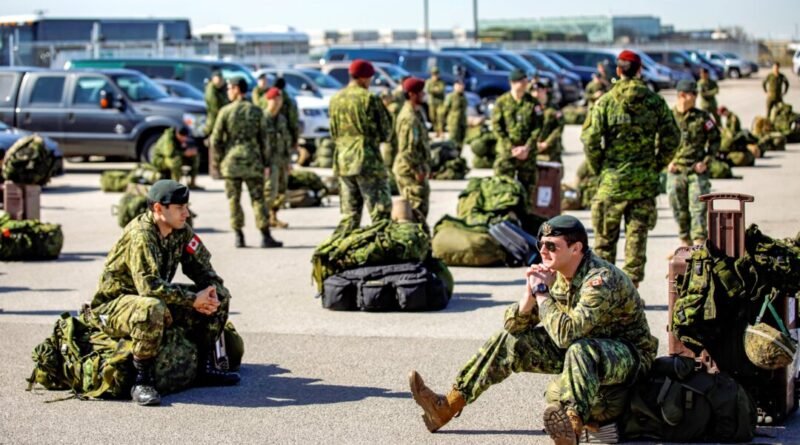Canada Struggles with Foreign Interference as National Security Strategy Lags Behind by 20 Years
The last time Canada published a national security strategy, Facebook had just launched and TV sitcom “Friends” was airing its final episode.
The year was 2004 and Paul Martin was prime minister. The world had been shaken a few years earlier by the terrorist attack on the World Trade Center and authorities were taking stock of the SARS outbreak.
So much has happened since. Despite the global War on Terror, or perhaps as a collateral effect, fanatics pushing the al-Qaeda envelope further took over swathes of territory in the Middle East with the help of legions of foreign volunteers.
And if the spread of SARS outside China took world governments by surprise, the SARS-CoV-2 pandemic was magnitudes more disruptive across the globe.
While the ISIS terrorist group is now mostly ashes and COVID-19 is in the rearview mirror, many more domestic and international challenges remain as they pertain to national security.
Yet Canada’s national strategy hasn’t been updated to address the new threat environment. This is in contrast to some of its closest allies that have released a national strategy in the last two years.
‘Securing an Open Society’
Canada’s first and also most recent national security policy, published in April 2004, was titled “Securing an Open Society.” It was focused on addressing “three core national security interests,” including “protecting Canada and Canadians at home and abroad,” “ensuring Canada is not a base for threats to our allies,” and “contributing to international security.”
The words “foreign interference” do not appear at all in the 52-page document.
One can assume that if such a document were produced today, this type of threat would occupy a sizeable space, given all the reports about Beijing’s extensive interference in Canada.
The closest thing to foreign interference listed as a main threat facing Canada at that time was “foreign espionage.”
“As a highly advanced industrial economy, Canada is subject to foreign espionage that seeks to steal Canadian industrial and technical secrets for gain,” the policy said.
The first threat listed was terrorism, followed by the proliferation of weapons of mass destruction. The United States had launched the Iraq War in 2003 around allegations—later revealed to be unsubstantiated—that Saddam Hussein harboured such weapons.
In its list of threats, Canada’s 2004 strategy also mentioned failed and failing states, critical infrastructure vulnerability, organized crime, pandemics in the SARS context, and natural disasters, but no word about climate change.
To address these various threats, Mr. Martin saw value in creating a comprehensive policy to outline the “integrated security system” Ottawa would build.
Security Legacy
More than just words, the 2004 national security strategy is linked to initiatives that have endured to this day.
Measures were also taken to enhance the National Microbiology Laboratory in Winnipeg. The lab has been embroiled in controversy in recent years with two scientists having collaborated with the Chinese military and being fired over security breaches.
There were other changes made to the security apparatus by the Liberal government of Paul Martin that had lasting impacts.
NSICOP, composed of parliamentarians of all stripes who hold top-level security clearance, has worked largely in the shadows, answering to the prime minister and producing reports probably mostly read by national security academics and reporters.
After a year and a half of intelligence leaks and political drama around the extent of Chinese regime interference in Canada, NSICOP dealt the coup de grâce: “Some elected officials … began wittingly assisting foreign state actors soon after their election.”




